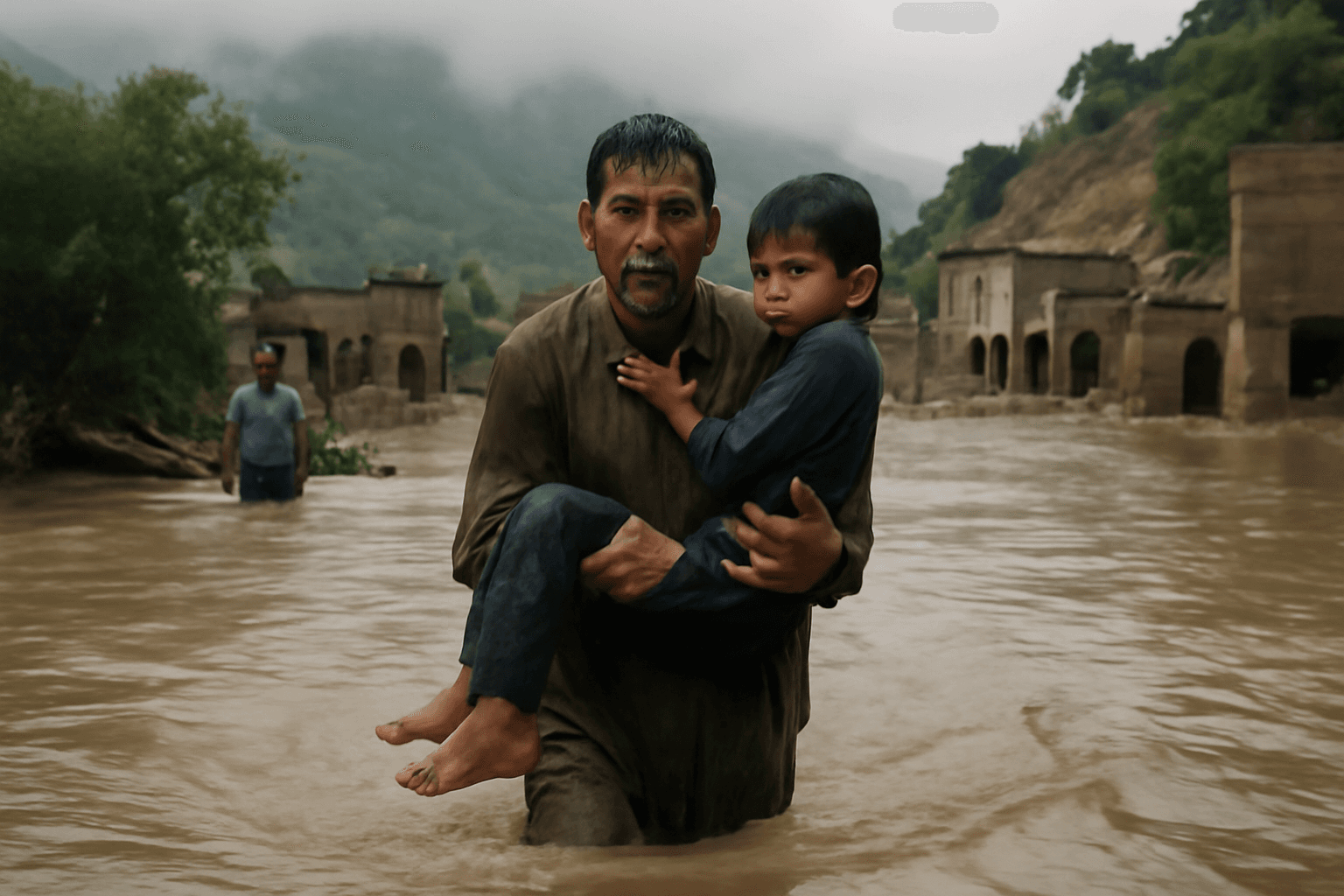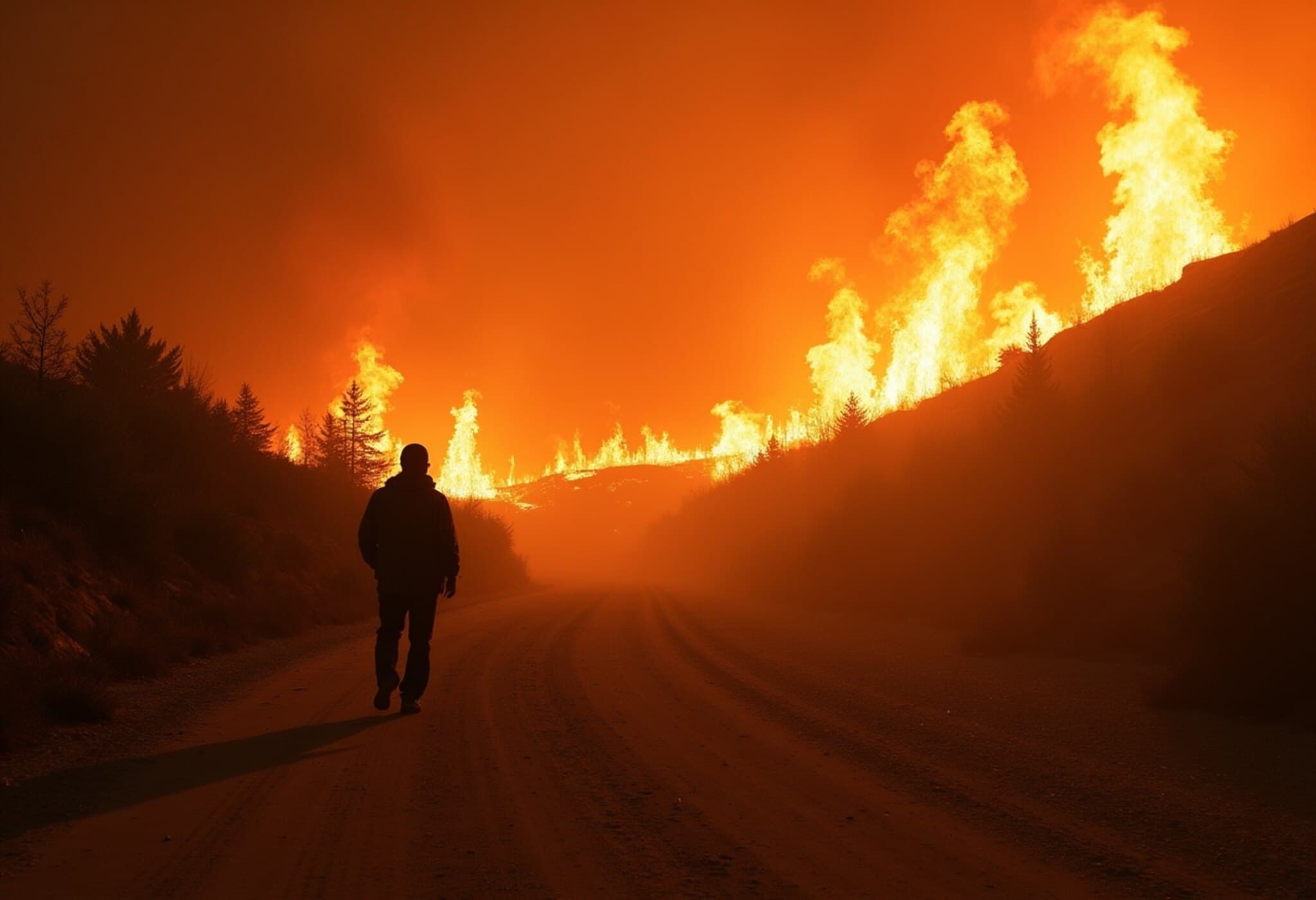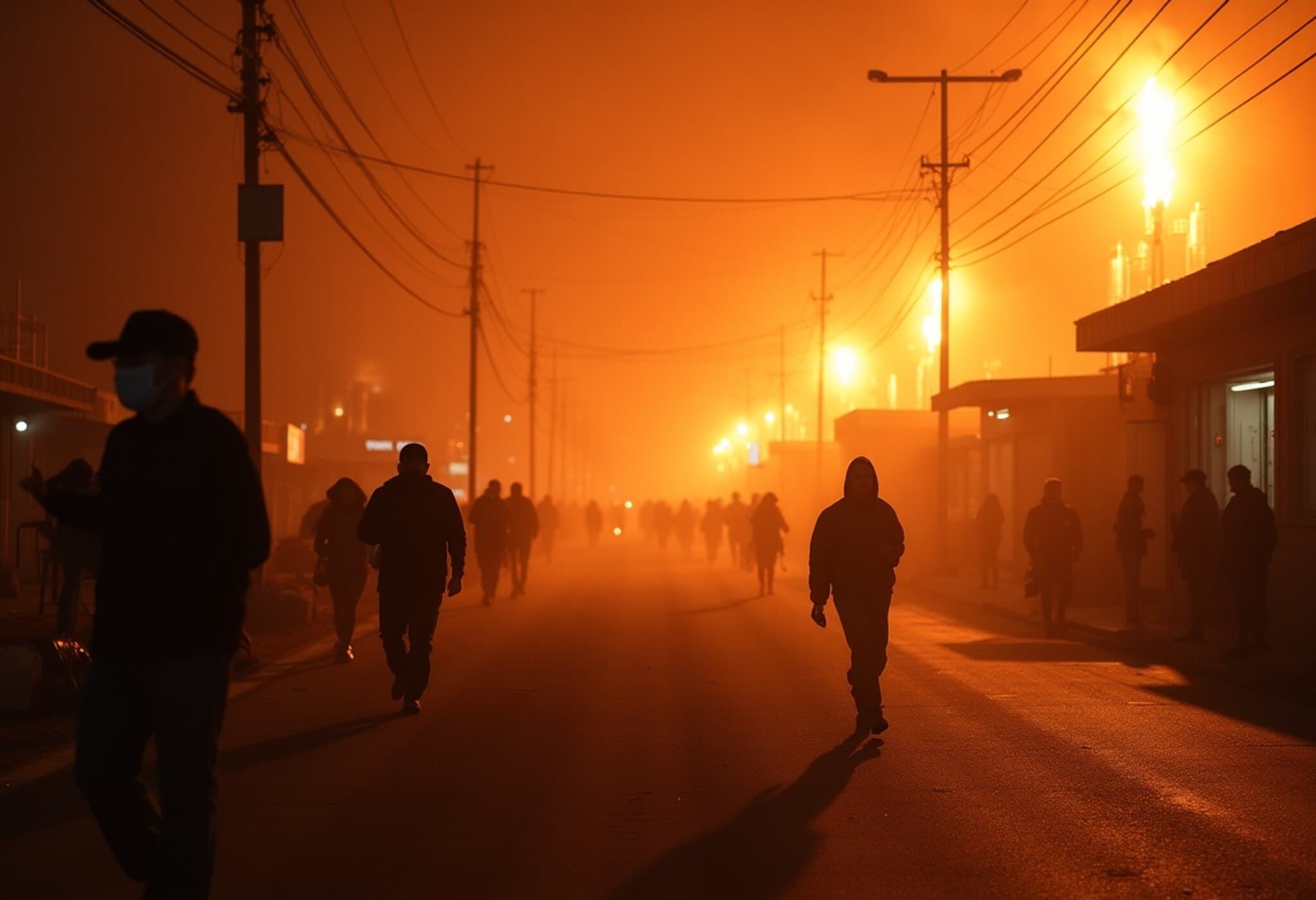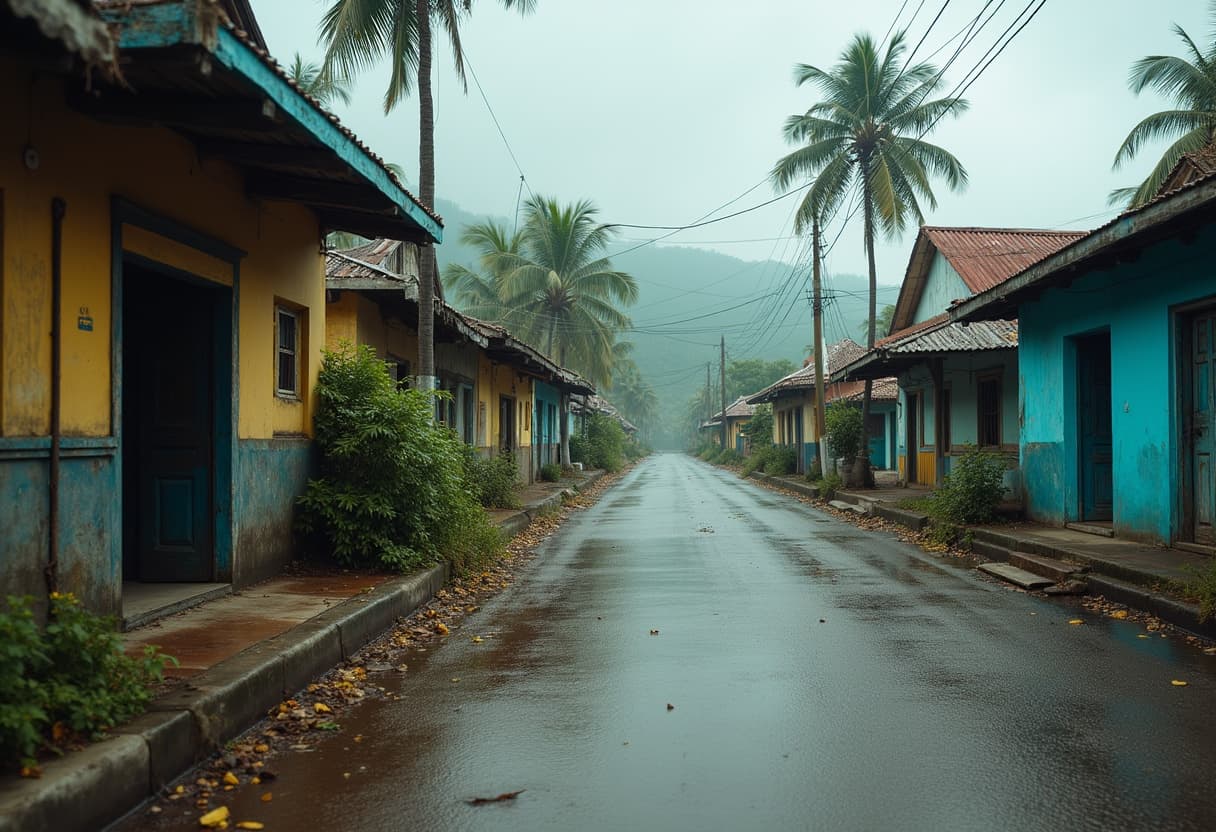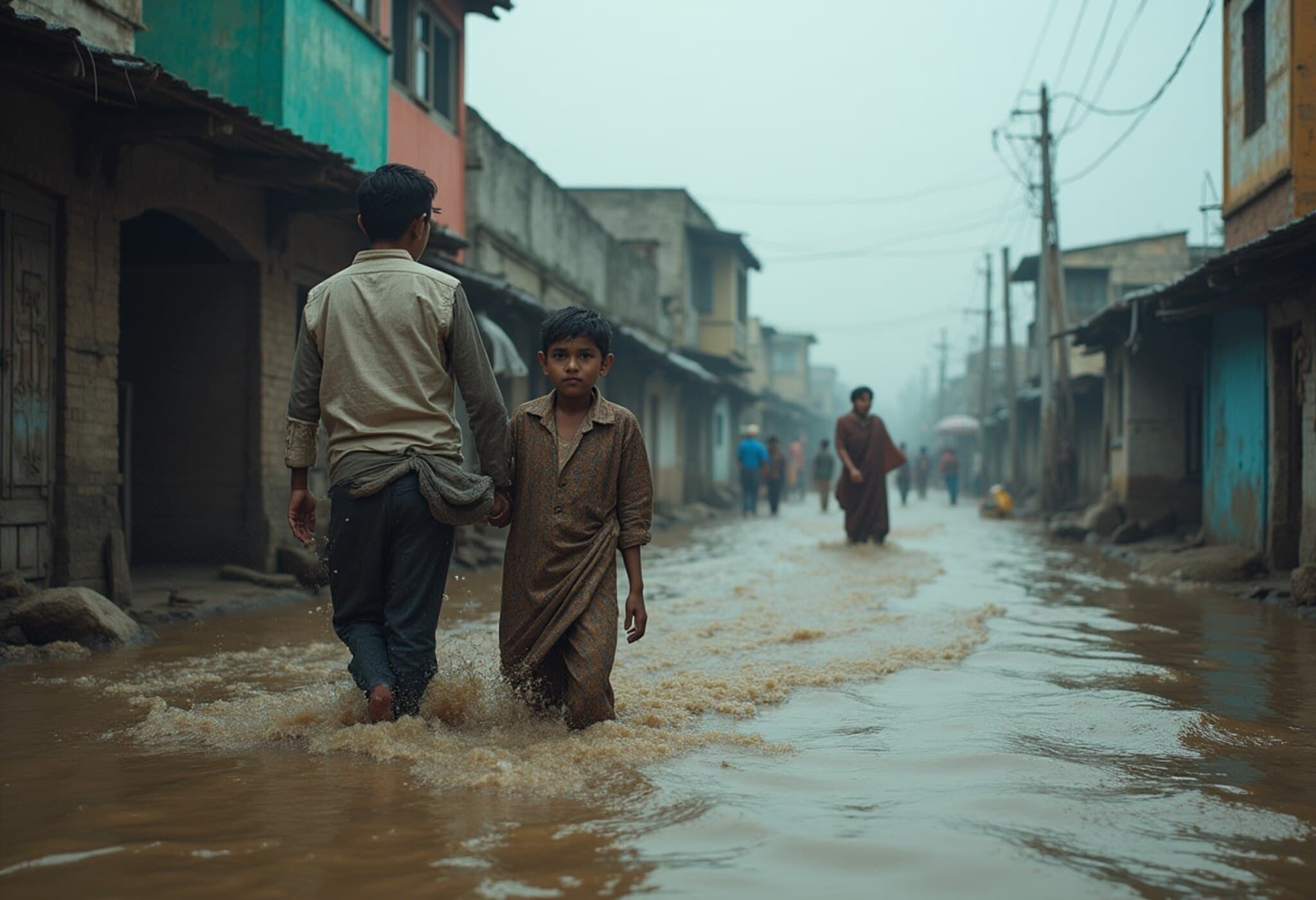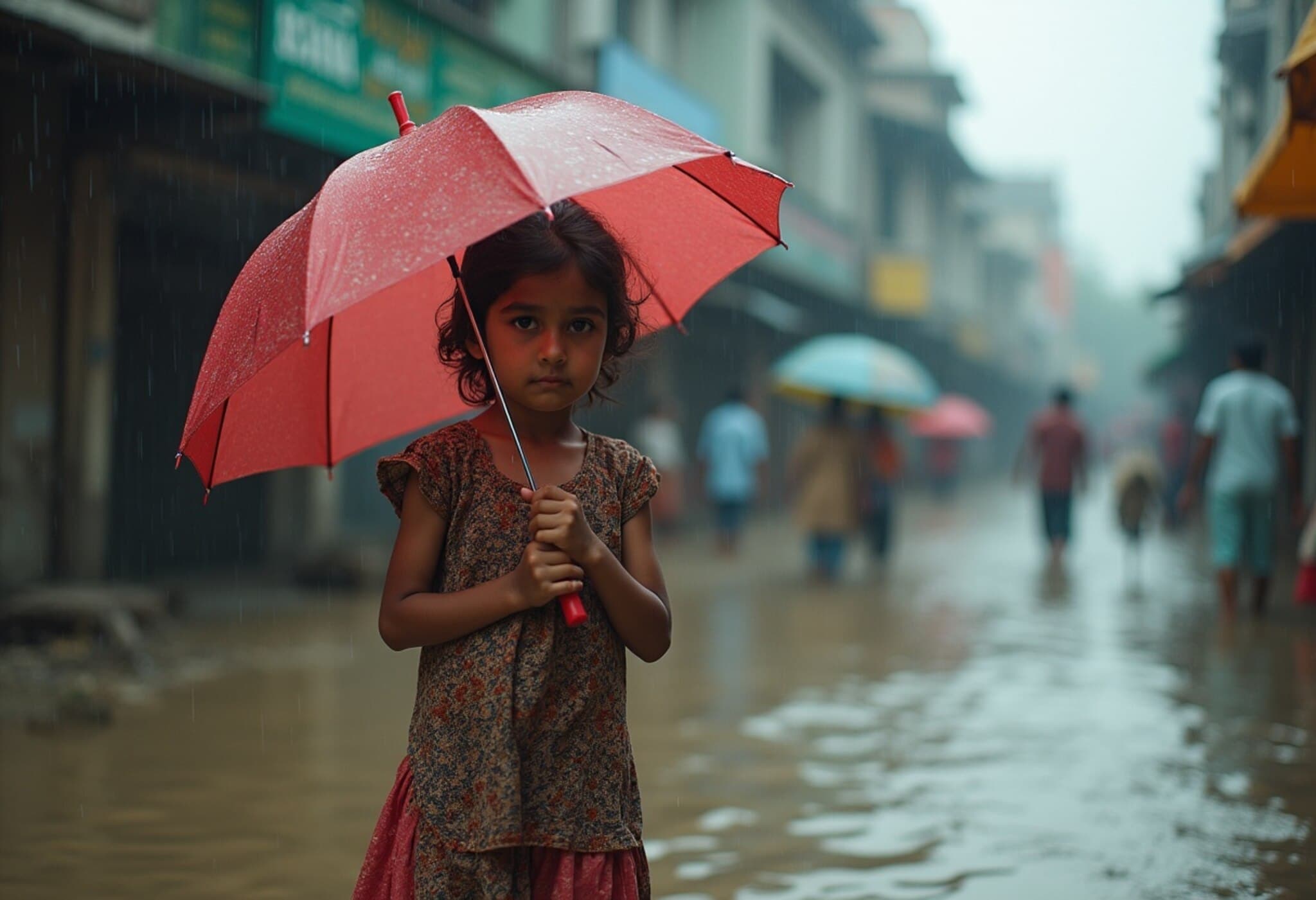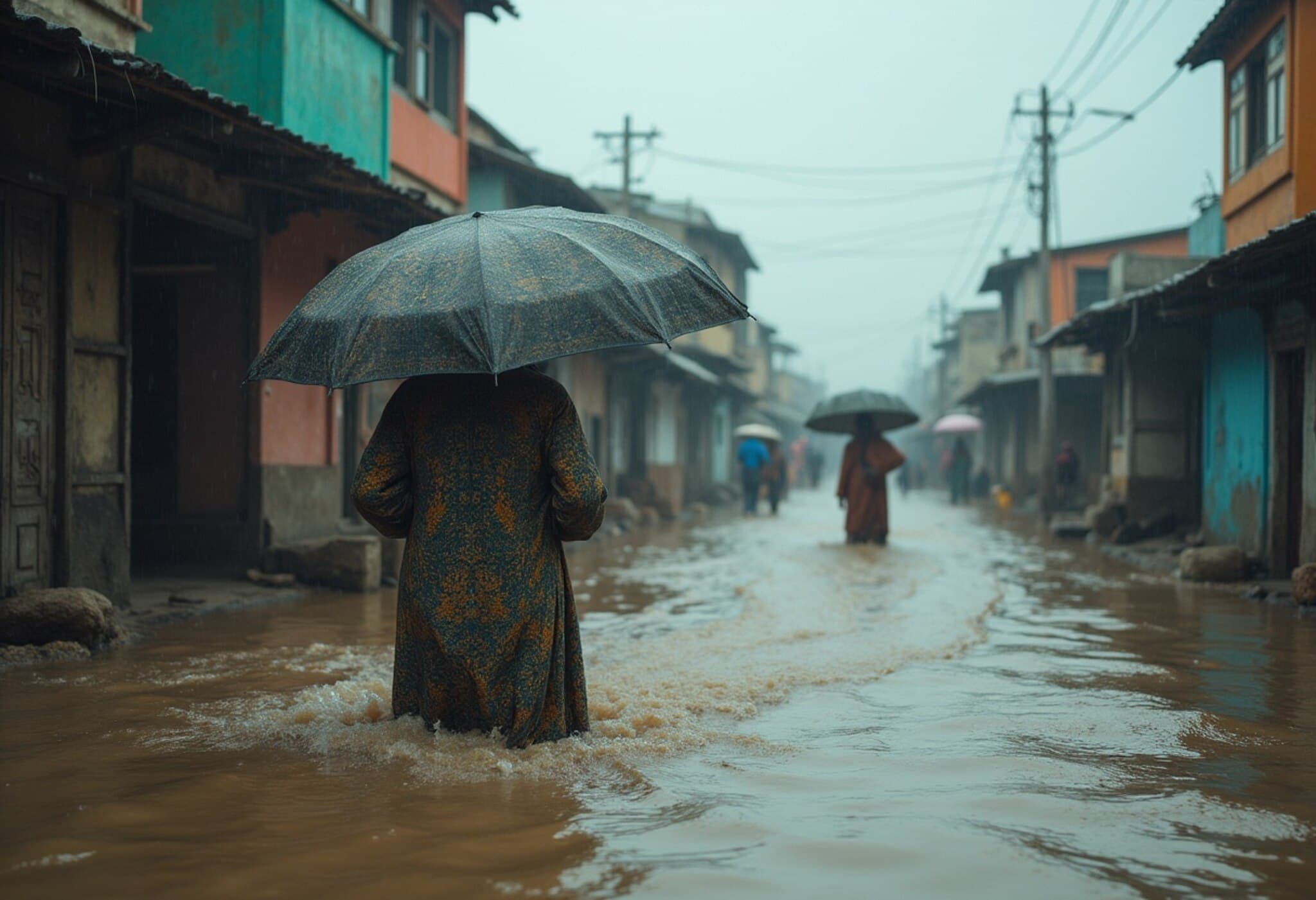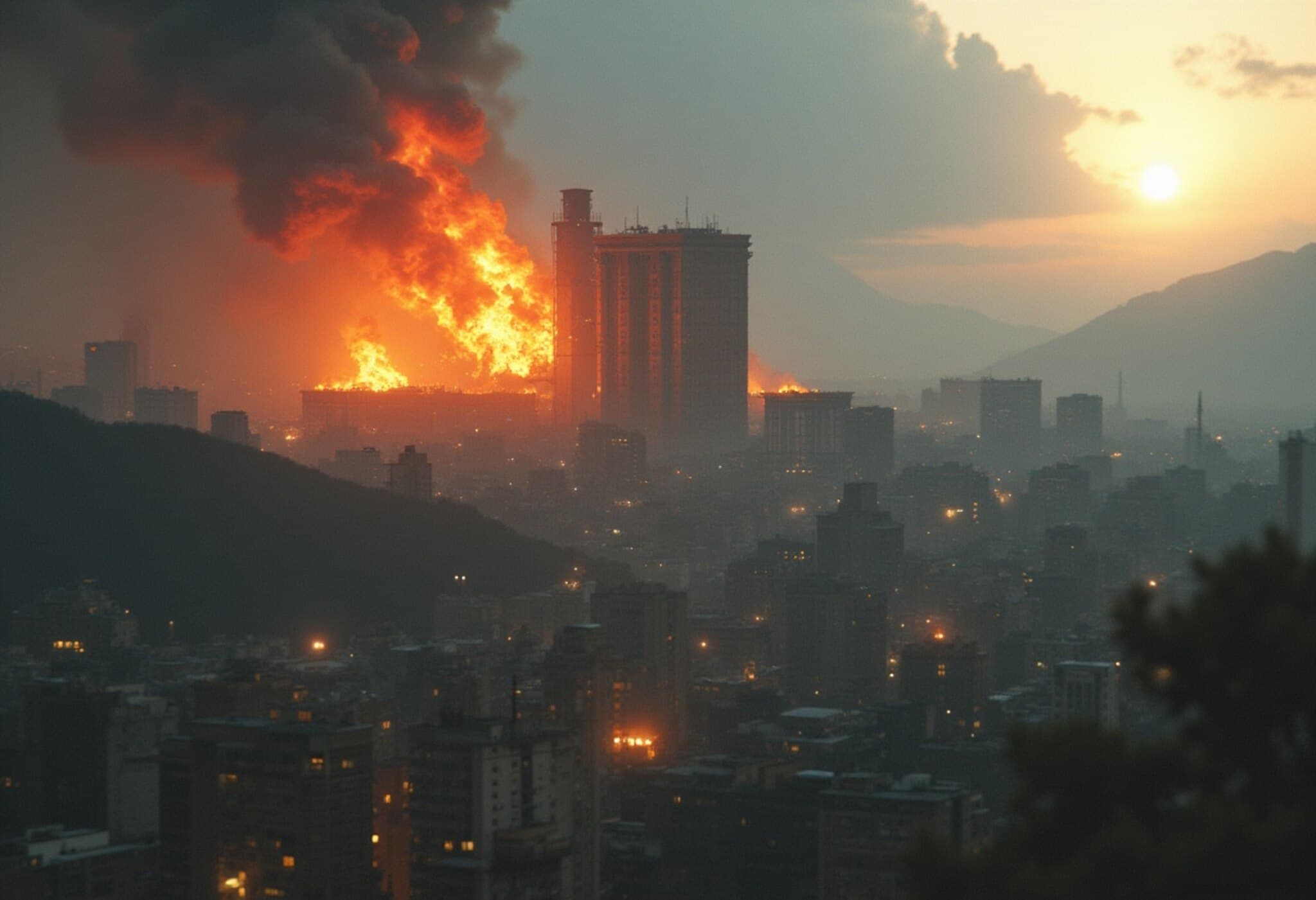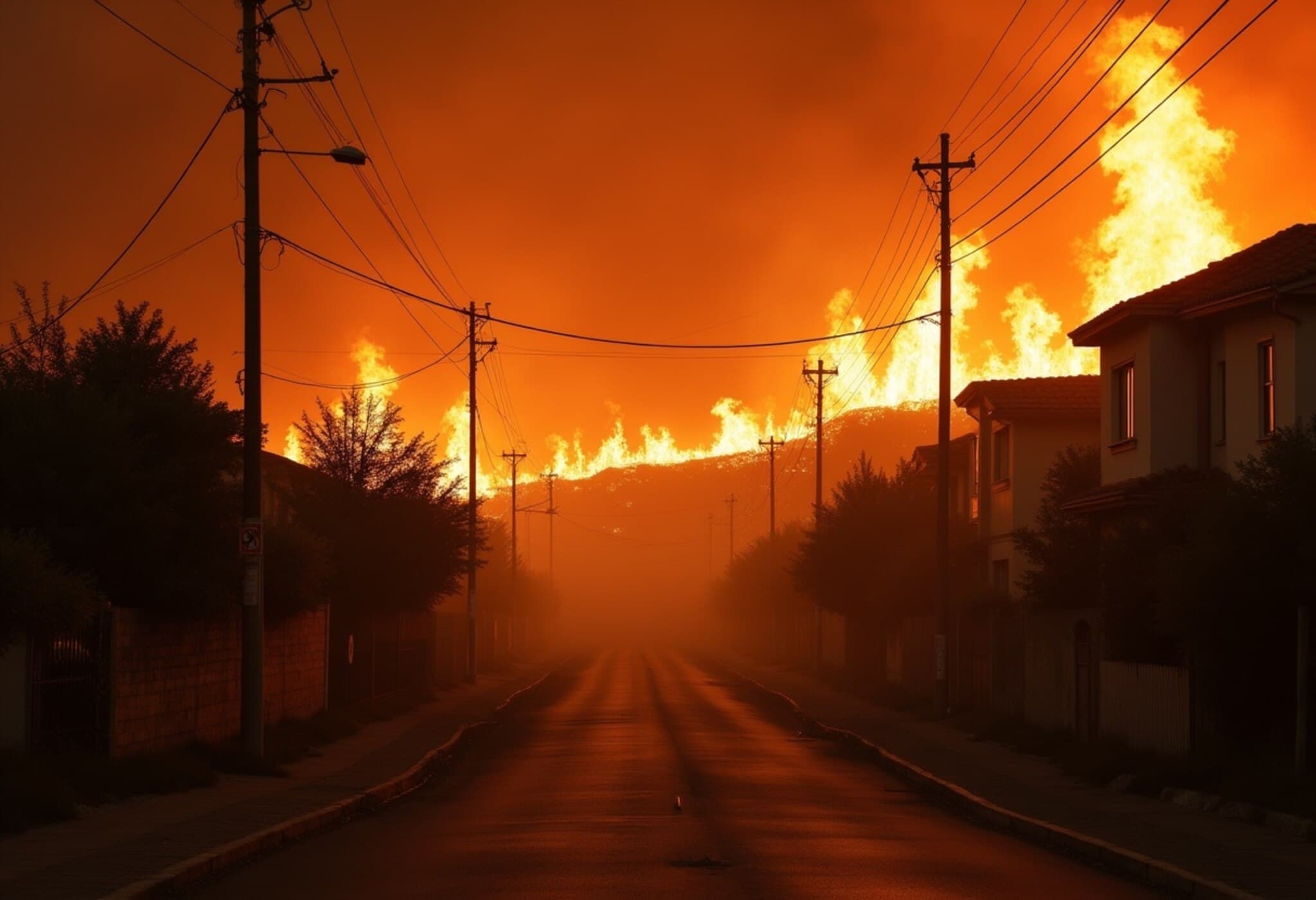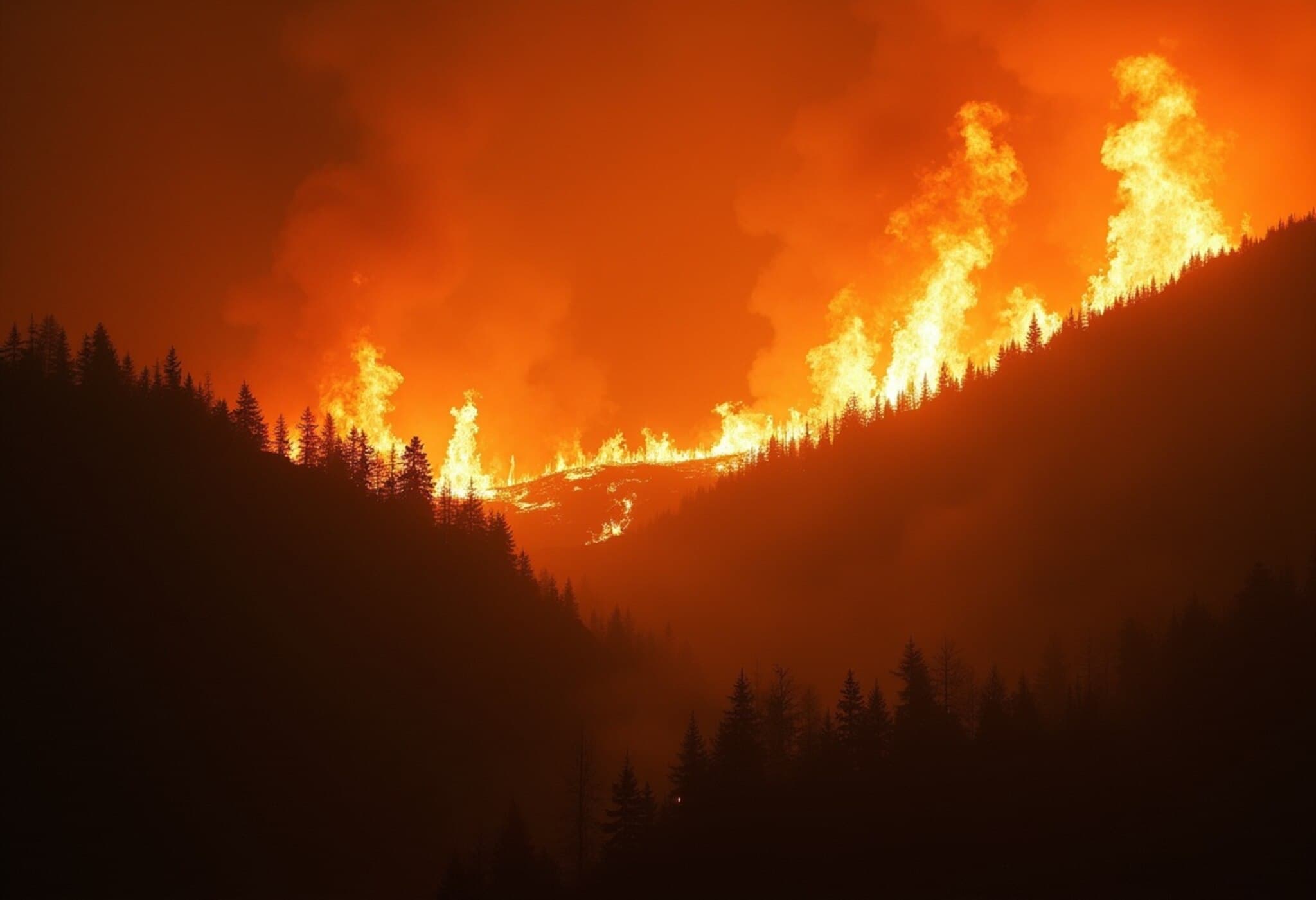Pakistan Grapples with Deadly Monsoon Floods
In an alarming escalation of this year’s monsoon season, Pakistan has witnessed catastrophic flooding that claimed at least 117 lives in the past 24 hours alone, pushing the death toll to over 320 since the unusually heavy rains began. The situation is particularly dire in Khyber Pakhtunkhwa (KP) province, the hardest hit region, where flash floods and landslides have wreaked havoc on communities, sweeping away homes and leaving many residents stranded and desperate for aid.
Disaster Scenario in Khyber Pakhtunkhwa and Beyond
The provincial Disaster Management Authority of KP reports that 110 fatalities have occurred due to the floods. Buner district alone accounted for 56 deaths as flash floods surged through the mountainous terrain. Compounding the crisis, a sudden cloudburst in Bajaur district devastated several villages, washing away homes and forcing emergency evacuations.
In the Pakistan-administered Kashmir (PoK) region, officials confirmed seven fatalities, highlighting the widespread nature of this calamity.
Unprecedented Rainfall Patterns and Climate Context
The Pakistan Meteorological Department has issued urgent warnings for more heavy rainfall, cautioning residents to steer clear of vulnerable and flood-prone zones. Authorities describe this summer’s monsoon as “unusual”, marked by heavier and more erratic downpours than typically experienced.
July alone saw a 73% increase in rainfall across Punjab province, which houses nearly half of Pakistan's 255 million population. This surge has already led to a higher death toll in Punjab compared to the entire previous monsoon season.
Experts increasingly point to the growing influence of climate change in amplifying the frequency and intensity of such extreme weather events. The pattern mirrors the devastating 2022 floods that submerged a third of Pakistan and resulted in over 1,700 deaths, underscoring a grim trajectory for national disaster resilience.
Human Costs and Ongoing Rescue Efforts
- Most fatalities have stemmed from collapsing homes, sudden flash floods, and hazardous electrocutions amidst floodwaters.
- Rescue teams are tirelessly extracting victims from mud, debris, and rubble as villages remain submerged or isolated.
- Many residents, especially in remote mountainous areas, face precarious conditions with limited access to emergency services and shelter.
Saturday’s reported tragedy involved rescue workers recovering at least 60 bodies after a flash flood obliterated a village, washing away dozens of homes.
Looking Ahead: Challenges and Policy Implications
This unfolding disaster raises pressing questions about Pakistan’s preparedness for climate-induced emergencies, urban planning, and infrastructural resilience. It also calls for:
- Enhanced early warning systems tailored for vulnerable, remote communities.
- Investment in sustainable flood management practices and emergency response capacity.
- Climate adaptation policies that address socioeconomic vulnerabilities and environmental degradation.
For a nation frequently battered by monsoon season’s fury, the rising human toll of such “unusual” weather patterns paints a stark call for coordinated action both domestically and on the international stage.
Editor’s Note
Pakistan’s ongoing struggle with unprecedented monsoon flooding highlights the urgent intersection of climate change, development policy, and humanitarian response. While the immediate focus remains on lifesaving rescue operations and relief distribution, this tragedy underscores a critical need for long-term strategic planning to protect millions from increasingly volatile weather. Readers are encouraged to reflect on climate resilience as a shared global imperative transcending borders, economics, and politics.

